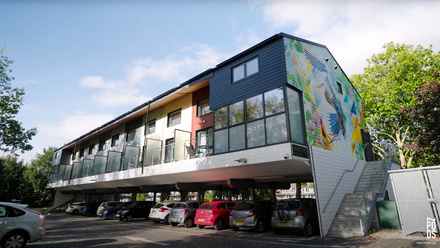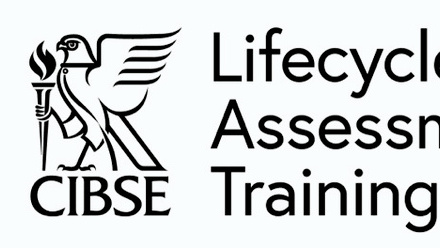STBA report to provide blueprint for post-COVID recovery
The report, published on STBA's website, says that: "Regeneration has to be planned and delivered (principally) at a community level as many of these benefits can only be realised through co-operation and joined-up thinking, which should in turn inform the funding mechanisms."
The findings show that, "During the pandemic there has been a genuine appetite among many people to see a fundamental change in how we live, how we share resources and space. There has also been a sudden and huge interest in welfare economics (as opposed to GDP)."
The report's author Nigel Griffiths, says, "This paper explains why and how we got it wrong in the past, sets out the broader regeneration approach, and provides a template to embed genuine sustainability into our forward planning for the built environment."
The STBA says it is calling on central government to establish a Department for Sustainability (transferring Energy, Housing and Communities to this new body) and a resetting of societal priorities away from consumerism and economic aims and towards wellbeing; local authorities to form an agenda that is considered in future planning and re-assess existing development planning to minimise or eliminate green field development, convert redundant commercial sites to residential use, community use, social, private housing landlords and housing developers to look again at their regeneration agenda and shift operations accordingly.
CIAT is a supporting organisation of STBA and Professor Sam Allwinkle PPBIAT FCIAT is STBA Industry Chair.





